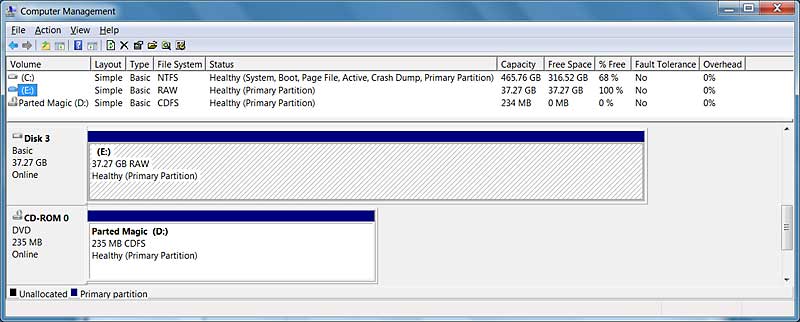

- #SEAGATE YOU NEED TO FORMAT THE DISK IN DRIVE E BEFORE HOW TO#
- #SEAGATE YOU NEED TO FORMAT THE DISK IN DRIVE E BEFORE SERIAL#
- #SEAGATE YOU NEED TO FORMAT THE DISK IN DRIVE E BEFORE PC#
- #SEAGATE YOU NEED TO FORMAT THE DISK IN DRIVE E BEFORE WINDOWS#
This internal 80 GB hard drive is great for those who have an extensive music or photo library and like the ability to access their large amount of files freely. This makes the speed awesome for those seeking a computer that can keep up with their many tasks or simply a task that requires quick response times both internally and externally. The Seagate Barracuda 7200.9 offers a 7,200 RPM spindle speed and a 300 Mbps external data transfer rate.
#SEAGATE YOU NEED TO FORMAT THE DISK IN DRIVE E BEFORE PC#
This internal 80 GB hard drive works for desktop PC computers only.
#SEAGATE YOU NEED TO FORMAT THE DISK IN DRIVE E BEFORE SERIAL#
This Seagate Barracuda hard drive is easily connected by the Serial ATA II for internal use. It is also lightweight, weighing in at just 1.28 lbs.

The dimensions of the Seagate Barracuda hard drive measure 1.03 x 4 x 5.79-inches.
#SEAGATE YOU NEED TO FORMAT THE DISK IN DRIVE E BEFORE WINDOWS#

To change the file system on your USB drive, follow the steps below. Im trying to format a new external hard drive and it is not working.

Some operating systems require different file systems, like FAT32 or NTFS, to run correctly. The volume name displayed, for example, with Volume is drive E is MyData, "MyData" is the volume name.Ĭhanging the file system (e.g., FAT32 and NTFS) Before executing the format command, you can type vol e: (replace e: with the hard drive letter being formatted) and press Enter. For example, you may see a prompt to Enter the current volume label for drive E: or similar, depending on what drive letter you are formatting. You need to know the correct volume for the drive you want to format. When asked if you want to erase all contents on the drive, type Y to proceed.At the command prompt, type the following command: format e: (change the e: drive letter to the drive letter you are formatting). The recovery process should exit and return you to the command prompt.On the next screen, select the Command Prompt option.Select the operating system you want to repair and click Next.Select the Use recovery tools that can help fix problems starting Windows option. After a few moments, a System Recovery Options screen should appear.Click Next to proceed through the recovery process. Once the computer has finished booting to the disc, a Recovery Options box should appear.
#SEAGATE YOU NEED TO FORMAT THE DISK IN DRIVE E BEFORE HOW TO#


 0 kommentar(er)
0 kommentar(er)
